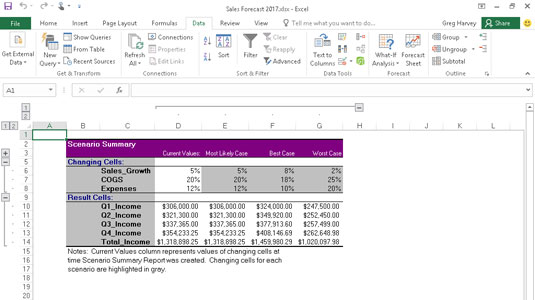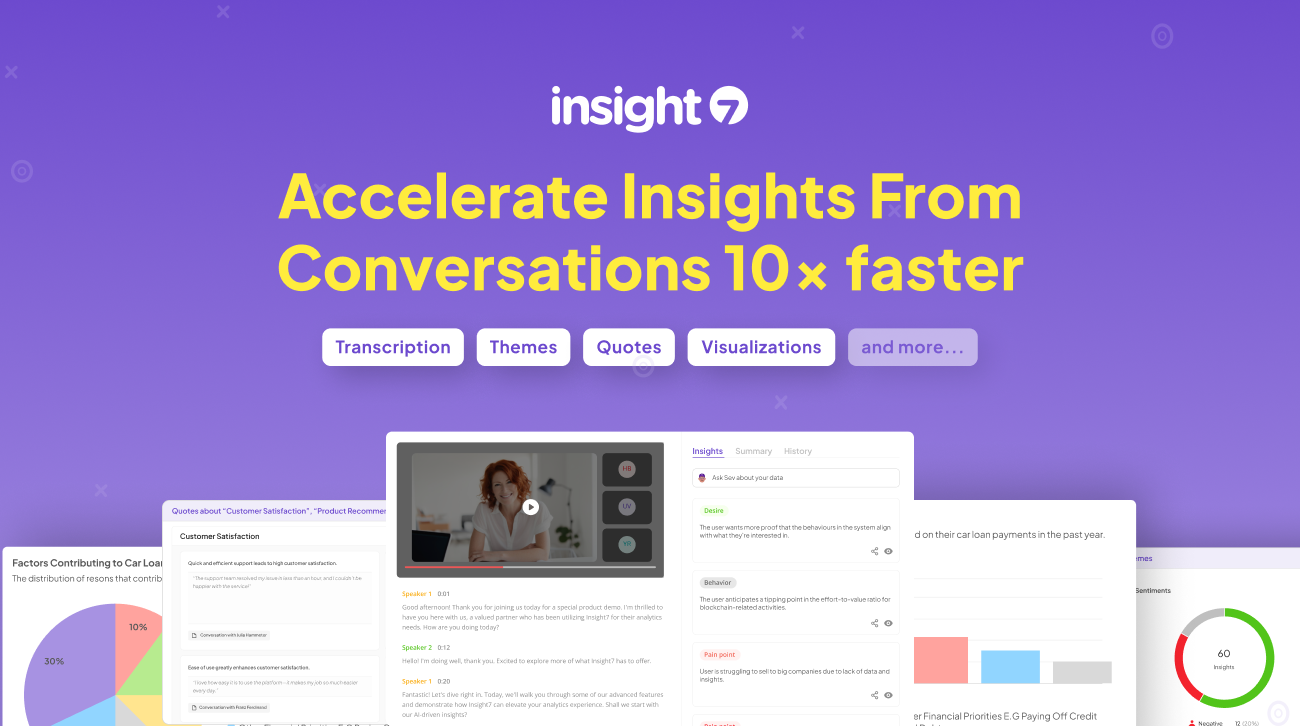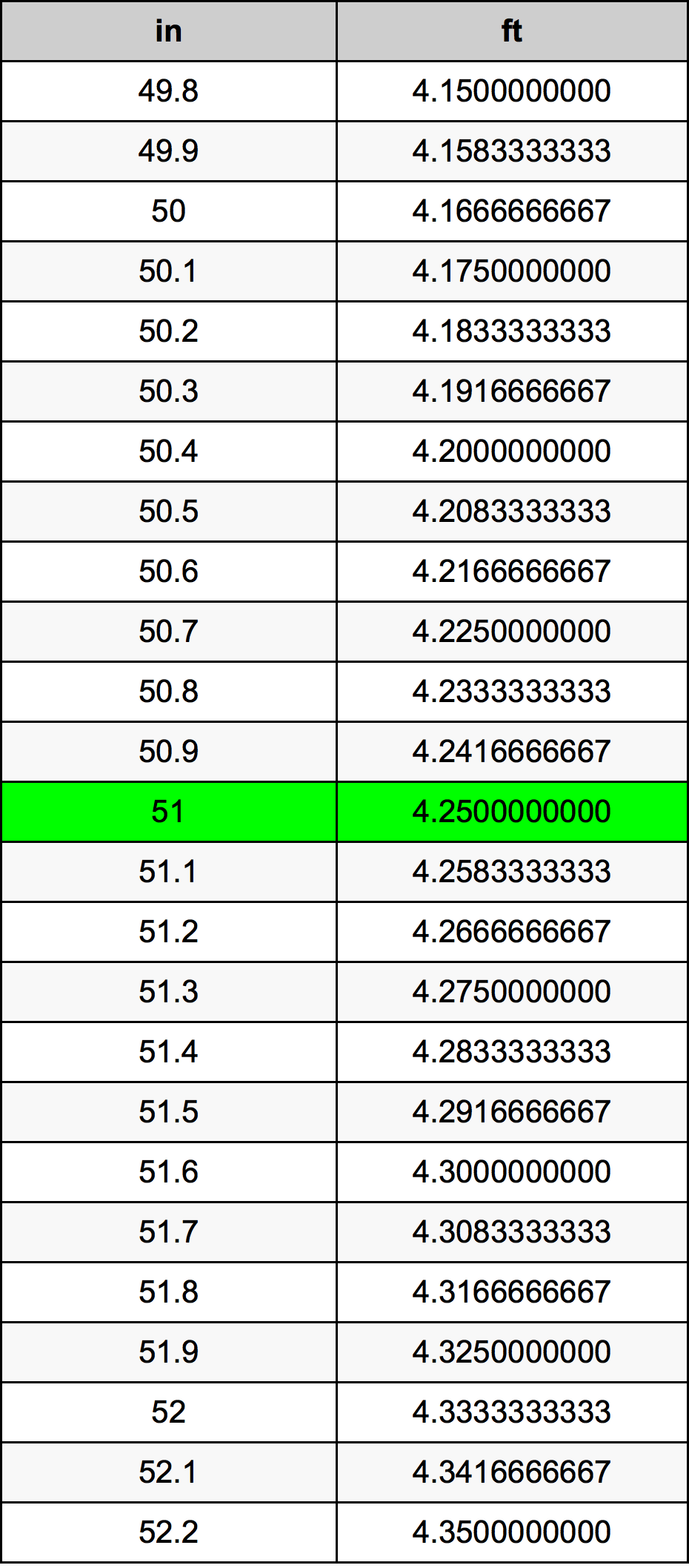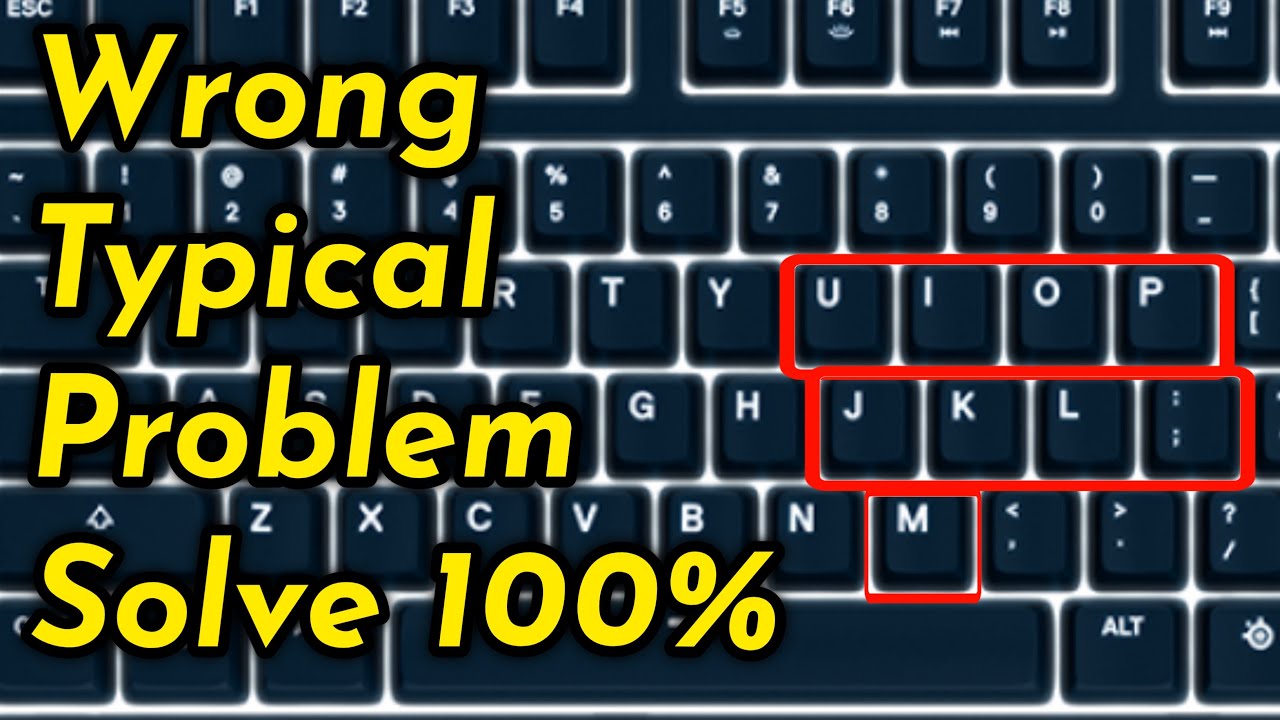The Ultimate Guide: Scenario Summary Reports

In today's fast-paced and dynamic business landscape, the ability to analyze and interpret data effectively is paramount. Among the myriad of tools and techniques, scenario summary reports have emerged as a powerful instrument for strategic decision-making. These reports provide a comprehensive overview of potential outcomes, enabling businesses to navigate uncertainties and make informed choices. In this ultimate guide, we will delve into the world of scenario summary reports, exploring their purpose, structure, and impact on modern organizations.
Understanding Scenario Summary Reports

Scenario summary reports are analytical documents designed to present a holistic view of various potential scenarios and their corresponding outcomes. They serve as a crucial tool for strategic planning, risk management, and decision support. By considering different variables and assumptions, these reports offer a clear and concise picture of the future, helping organizations prepare for a range of possibilities.
The primary objective of scenario summary reports is to provide a comprehensive understanding of the implications and consequences of different scenarios. Whether it's assessing market trends, evaluating investment strategies, or planning for operational changes, these reports offer a systematic approach to analyzing complex situations. By synthesizing data and insights, they empower decision-makers to make well-informed choices, minimize risks, and maximize opportunities.
Key Components of Scenario Summary Reports

Scenario summary reports are meticulously structured to ensure clarity and effectiveness. Here are the key components that make up these reports:
Scenario Definition
The foundation of any scenario summary report lies in the precise definition of scenarios. Scenarios are hypothetical situations or events that could potentially impact the organization. They are carefully crafted to cover a wide range of possibilities, from optimistic projections to worst-case scenarios. Defining scenarios involves identifying key variables, such as market conditions, technological advancements, or regulatory changes, and considering their potential outcomes.
Data Collection and Analysis
Collecting and analyzing relevant data is a critical aspect of scenario summary reports. This involves gathering information from various sources, including market research, industry reports, historical data, and expert opinions. Data analysis techniques, such as statistical modeling, forecasting, and sensitivity analysis, are employed to derive meaningful insights and quantify the potential impact of each scenario.
Scenario Evaluation
Once the scenarios are defined and the data is analyzed, the next step is to evaluate each scenario’s likelihood and potential impact. This involves assessing the probability of each scenario occurring and its potential consequences. Scenario evaluation helps organizations prioritize scenarios based on their relevance and potential impact, allowing for a more focused decision-making process.
Strategic Recommendations
Scenario summary reports go beyond presenting data and insights; they provide strategic recommendations to guide decision-making. Based on the evaluation of scenarios, these reports offer practical suggestions and actionable plans. Recommendations may include adjustments to business strategies, investment decisions, operational changes, or contingency plans to mitigate risks. Strategic recommendations are tailored to each scenario, ensuring a comprehensive approach to decision-making.
Visual Representations
To enhance understanding and communication, scenario summary reports often incorporate visual representations. Graphs, charts, and infographics are used to present complex data in a clear and intuitive manner. Visual representations help stakeholders grasp the implications of different scenarios quickly, facilitating effective decision-making and strategic planning.
Benefits of Scenario Summary Reports
The implementation of scenario summary reports offers a multitude of benefits to organizations. Here are some key advantages:
- Enhanced Decision-Making: Scenario summary reports provide a comprehensive view of potential outcomes, enabling decision-makers to consider a wide range of possibilities. By evaluating scenarios and their implications, organizations can make more informed choices, reducing the risk of strategic missteps.
- Risk Management: These reports are invaluable tools for risk management. By identifying and assessing potential risks and uncertainties, organizations can develop robust contingency plans. Scenario summary reports help organizations anticipate and prepare for adverse events, minimizing their impact and ensuring business continuity.
- Strategic Planning: With scenario summary reports, organizations can align their strategic planning with potential future scenarios. By considering different possibilities, organizations can adapt their strategies, optimize resource allocation, and stay agile in a dynamic business environment.
- Communication and Collaboration: Scenario summary reports serve as a powerful communication tool, facilitating collaboration among stakeholders. By presenting a clear and concise overview of scenarios and their implications, these reports enable effective discussions, consensus-building, and alignment of objectives.
- Learning and Adaptation: Scenario summary reports promote a culture of learning and adaptability. By regularly analyzing and evaluating scenarios, organizations can identify patterns, trends, and best practices. This continuous learning process enables organizations to refine their strategies, improve decision-making processes, and stay ahead of the competition.
Real-World Applications
Scenario summary reports have found widespread application across various industries and sectors. Here are a few real-world examples showcasing the impact and effectiveness of these reports:
Financial Services
In the financial services industry, scenario summary reports are used to assess investment strategies and portfolio performance. By evaluating different market scenarios, such as economic downturns or technological disruptions, financial institutions can make informed decisions about asset allocation, risk management, and investment diversification. Scenario summary reports help financial advisors provide their clients with tailored investment advice, considering a range of potential outcomes.
Healthcare
Healthcare organizations utilize scenario summary reports to plan for various scenarios, including disease outbreaks, changes in healthcare policies, or advancements in medical technologies. By analyzing different scenarios, healthcare providers can optimize resource allocation, develop contingency plans, and ensure the continuity of care. Scenario summary reports aid in strategic decision-making, improving patient outcomes and overall healthcare delivery.
Energy Sector
The energy sector faces numerous uncertainties, from fluctuations in energy prices to the adoption of renewable technologies. Scenario summary reports help energy companies assess the impact of these scenarios on their operations and strategies. By evaluating different energy market scenarios, companies can make informed decisions about investment in renewable energy sources, infrastructure development, and energy efficiency measures. Scenario summary reports guide the energy sector towards a more sustainable and resilient future.
Retail and E-commerce
Retailers and e-commerce businesses rely on scenario summary reports to stay ahead of changing consumer trends and market dynamics. By analyzing scenarios such as shifts in consumer preferences, technological advancements, or economic fluctuations, retailers can optimize their product offerings, pricing strategies, and marketing campaigns. Scenario summary reports enable retailers to adapt quickly to market changes, ensuring a competitive edge and customer satisfaction.
Best Practices for Creating Scenario Summary Reports

To maximize the effectiveness of scenario summary reports, organizations should consider the following best practices:
- Involve Cross-Functional Teams: Collaborate with experts from various departments and disciplines to ensure a comprehensive understanding of different scenarios. Cross-functional teams bring diverse perspectives and expertise, enriching the analysis and recommendations.
- Use Robust Data Sources: Rely on high-quality, reliable data sources to ensure the accuracy and validity of scenario analyses. Utilize a combination of internal data, industry reports, and expert opinions to derive robust insights.
- Incorporate Uncertainty Analysis: Recognize and account for uncertainties in scenario analysis. Conduct sensitivity analysis to understand the impact of key variables and identify critical assumptions. This enhances the robustness and reliability of scenario summary reports.
- Visualize Complex Data: Leverage visual representations to communicate complex information effectively. Graphs, charts, and infographics simplify the interpretation of data, making scenario summary reports more accessible and impactful.
- Regularly Update and Review: Scenario summary reports should be dynamic and adaptable. Regularly update and review scenarios to reflect changing market conditions, technological advancements, and emerging trends. This ensures the reports remain relevant and actionable.
The Future of Scenario Summary Reports
As technology advances and data analytics become increasingly sophisticated, the future of scenario summary reports holds immense potential. Here are some trends and developments to watch out for:
- Integration of Artificial Intelligence: Artificial intelligence (AI) and machine learning algorithms can enhance the accuracy and efficiency of scenario summary reports. AI-powered tools can automate data collection, analysis, and visualization, enabling faster and more precise scenario assessments.
- Real-Time Scenario Analysis: With the advent of real-time data analytics, scenario summary reports can become more dynamic and responsive. Real-time scenario analysis allows organizations to monitor and evaluate scenarios as they unfold, enabling more agile decision-making.
- Scenario Simulation and Gamification: Scenario simulation tools and gamified scenarios can provide interactive and immersive experiences for stakeholders. These tools allow users to explore different scenarios, make decisions, and observe the outcomes, fostering a deeper understanding of potential implications.
- Collaborative Scenario Planning: Collaborative platforms and tools can facilitate scenario planning and analysis in a shared environment. This enables cross-functional teams to collaborate remotely, share insights, and co-create scenario summary reports, fostering a culture of collective decision-making.
- Ethical Considerations: As scenario summary reports become more sophisticated, ethical considerations become increasingly important. Organizations should ensure that scenario analyses are conducted responsibly, considering the potential impact on various stakeholders and the broader society.
Conclusion
Scenario summary reports have emerged as a vital tool for organizations navigating an increasingly complex and uncertain business landscape. By providing a comprehensive view of potential outcomes, these reports empower decision-makers to make strategic choices, manage risks, and adapt to changing conditions. As technology advances and data analytics evolve, the future of scenario summary reports holds immense promise, offering organizations even more powerful insights and opportunities for growth and success.
What are the key benefits of scenario summary reports for businesses?
+
Scenario summary reports offer enhanced decision-making capabilities, improved risk management, strategic planning support, effective communication, and a culture of learning and adaptation. These reports provide a comprehensive view of potential outcomes, enabling businesses to make informed choices, prepare for uncertainties, and optimize their strategies.
How are scenario summary reports different from traditional reports?
+
Scenario summary reports go beyond presenting historical data or current trends. They analyze and evaluate a range of potential scenarios and their outcomes, providing a forward-looking perspective. This allows businesses to anticipate future challenges and opportunities, making them a valuable tool for strategic planning and decision-making.
What industries can benefit from scenario summary reports?
+
Scenario summary reports have widespread applications across industries. They are particularly beneficial in sectors such as finance, healthcare, energy, retail, and e-commerce, where uncertainties and changing dynamics are prevalent. These reports help organizations in these sectors navigate complex scenarios and make informed decisions.
How often should scenario summary reports be updated?
+
The frequency of updating scenario summary reports depends on the industry and the nature of the business. It is recommended to review and update these reports regularly, especially when significant changes or uncertainties arise. Staying agile and responsive to market dynamics is crucial for the effectiveness of scenario summary reports.



